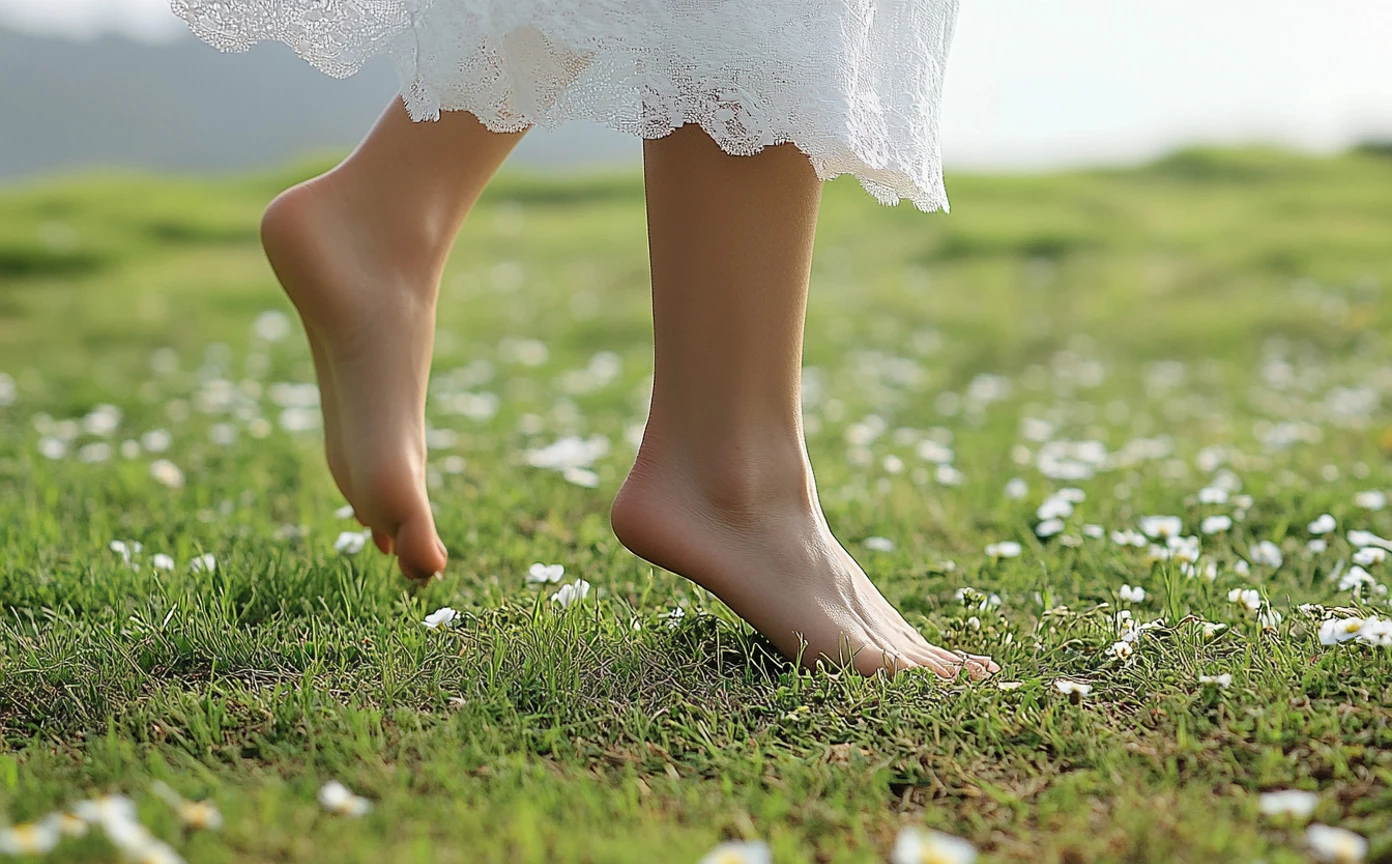Earthing and Grounding: Legit or Glorified Freak Trend?
Earthing or grounding, a powerful and effective ways for people to take care their health has been earning more attention in these years. So it makes sense that earthing would catch on, but is the benefit backed by science or just another woo-woo wellness trend? In this post, we will dig deeper into earthing discussing how it works and some of the supposed benefits or instances where it does not benefit you with all perspectives.
What is Earthing?
Earthing (or grounding) is a practice of connecting our physical bodies energetically to the Earth's surface electrons. Advocates propose that by drawing in to the ground — like on strolls shoeless over grass, soil or sand — you can assimilate these electrons and this training could settle free radicals making it a gainful action prompting enhanced physical make-up.
The Science Behind It
Those in favor of earthing maintain that our contemporary lifestyle overloaded with insulating materials, such as rubber-soled shoes and synthetic flooring, have alienated us from the Earth's natural electric rhythm. It has been suggested that this disconnect helps cause a variety of health problems, from inflammation to stress and insomnia.
WA emerging research suggests that earthing can potentially help: to increase anti-inflammatory markers, improve sleep patterns and overall general health. Despite that, it should be reiterated some studies display results indicating a promising future for the product while others contradict these findings and additional research is necessary to fully establish any potential benefits.
How to Practice Earthing
Earthing practices are actually super simple and can be done as part of your daily routine. It can be done with these ways:
- Go Barefoot: Take some time to walk around barefoot on natural surfaces like grass, the earth/floor or sand and let your feet make contact with Mother Earth directly.
- Sit or lie on the ground — Find a place you feel comfortable outside that allows for sitting or laying down in grass, soil etc. This will help you to feel more authentic and together.
- Grounding Products: For people who can not easily step into nature, there are grounding products too (mats/sheets/bands), that provide effects equivalent to direct contact with the earth.
When Not to Ground
Earthing is good for most (I personally believe all) but like everything there are times when it may not suit you.
- Safety concerns: Do not ground in a storm, and exercise caution where the risks of electric shock are ever-present.
- Skin Issues: If someone, for example, an individual has abrasions on the skin , rashes or conditions which could cause pain with ground contact may choose not to sit directly on earth.
- Medical Conditions: People with certain medical conditions should consult their healthcare provider before earthing, particularly if they are taking medication.
Conclusion
What is Earthing? It really has in the last couple of years gotten more and more interesting as an idea for potential health benefits. Although definitive research on grounding remains wanting, the ritual of reconnecting with nature and feeling connected to the earth resonates well/been due for a while in most cases. Nonetheless, it does not lose its significance; however in keeping with private situations and well being requirements on the bottom. And while we can't say if it's the next big thing in wellness or just a passing fad, incorporating grounding moments into your life might provide relaxation and an invigorating connection to the earth below you.

